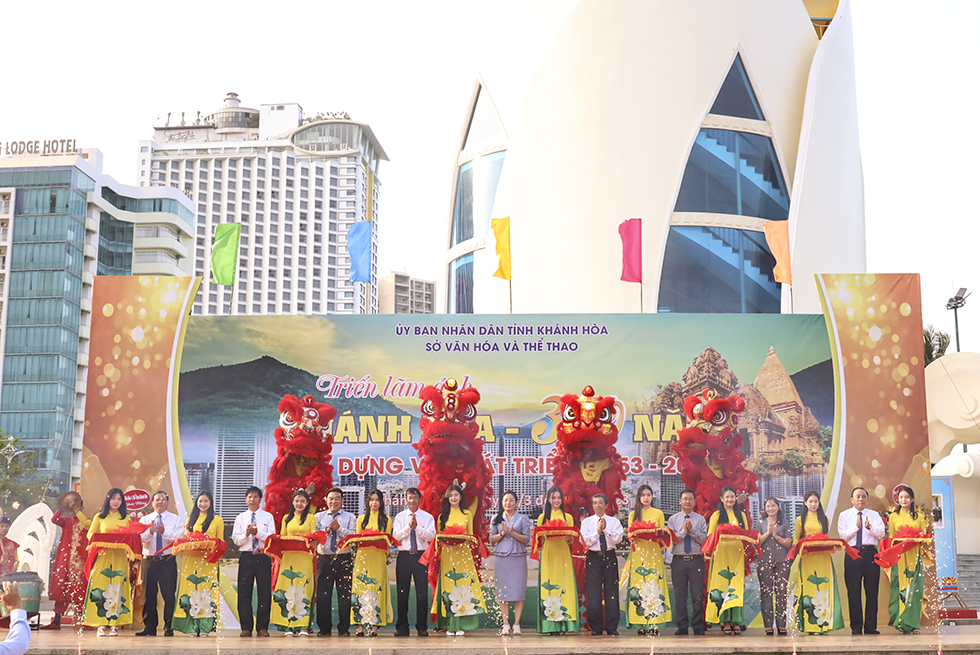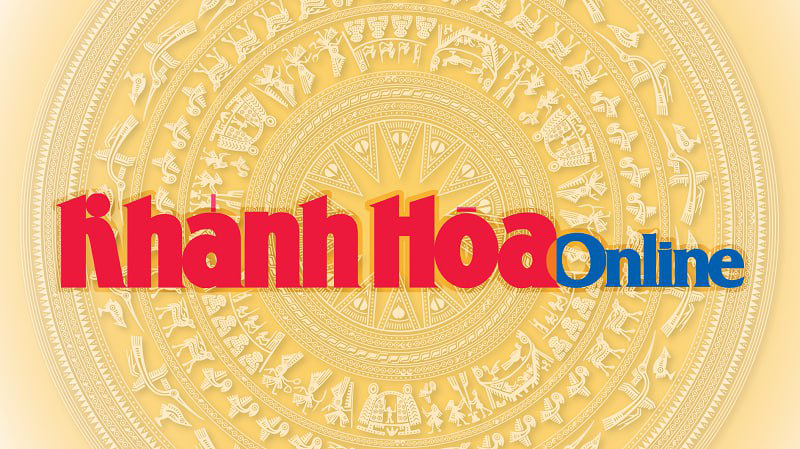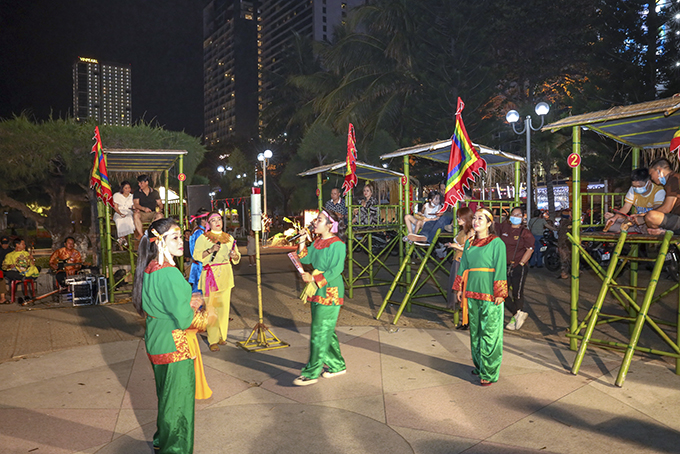
On December 17, 2017, Khanh Hoa Province together with eight other provinces and cities in the central region received the certificate recognizing Bai Choi art as an Intangible Cultural Heritage by UNESCO. Bai Choi art in Khanh Hoa combines the common characteristics of Bai Choi art in the region and its own uniqueness.
On December 17, 2017, Khanh Hoa Province together with eight other provinces and cities in the central region received the certificate recognizing Bai Choi art as an Intangible Cultural Heritage by UNESCO. Bai Choi art in Khanh Hoa combines the common characteristics of Bai Choi art in the region and its own uniqueness.
Passed down through generations
Bai Choi is a unique folk art form of the central provinces and cities, from Quang Binh Province to Binh Thuan Province. Appearing around the 15th century, the art of Bai Choi developed from a folk game to a performance art form with many diverse forms. Bai Choi art is the combination of many elements of poetry, music, painting, storytelling, improvisation, performance, and so on. This is a popular game and a folk art form of many Vietnamese people. Like Bai Choi in the central localities, Bai Choi art in Khanh Hoa has long-lasting cultural, historical, scientific values. It is the merit of the previous generations in creating, preserving and transmitting Bai Choi to generations. This has formed a valuable art form.

|
Up to now, Bai Choi is practiced in six out of nine districts, towns and cities in Khanh Hoa. There are around more than 20 Bai Choi clubs and more than 350 Bai Choi artists in the province.
Preserving and promoting Bai Choi
Bai Choi has two forms: Bai Choi game and Bai Choi performance, both of which are practiced in Khanh Hoa. Bai Choi game often takes place on the occasions of Tet and festivals. Since 2013, Bai Choi game is held on weekends at the area near 2-4 Square (Nha Trang City). The localities such as Ninh Hoa Town and Cam Ranh City also hold Bai Choi game in their communes and wards to serve the needs for recreational activities of local people. Bai Choi performance is often played at many occasions in a year by Bai Choi clubs.
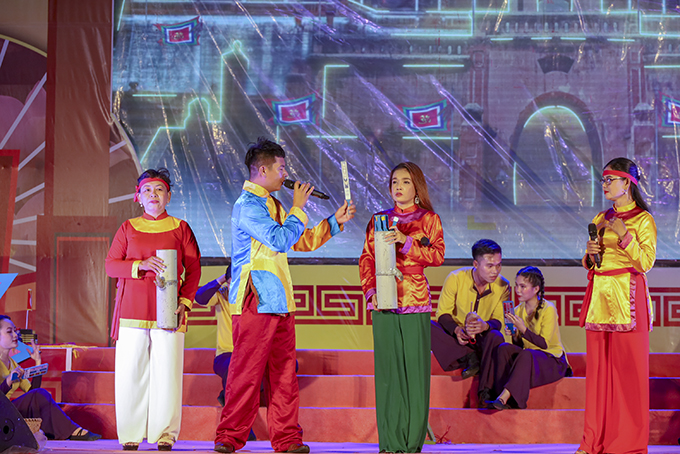
|
Associate Professor - PhD. Nguyen Binh Dinh, former director of the Institute of Music (Vietnam National Academy of Music) said that Khanh Hoa Province has created an art form of Bai Choi that has the common features of Bai Choi in the central region and the unique features of Khanh Hoa. Bai Choi in Khanh Hoa is preserved, practiced and developed quite well both in the past and in the present in terms of content, form and practical effect. The orchestral structure, music structure, and singing style in Khanh Hoa’s Bai Choi are different from those of other localities. Khanh Hoa also has many Bai Choi artists who love the art of Bai Choi and are skilled in performing this art form. In the 1960s, Khanh Hoa had a strong movement of Bai Choi performance. Famous Bai Choi acts were often performed on market days and at communal houses. After the country was liberated, Khanh Hoa Folk Music and Drama Troupe staged many theatrical plays of Bai Choi, which became popular among the public.
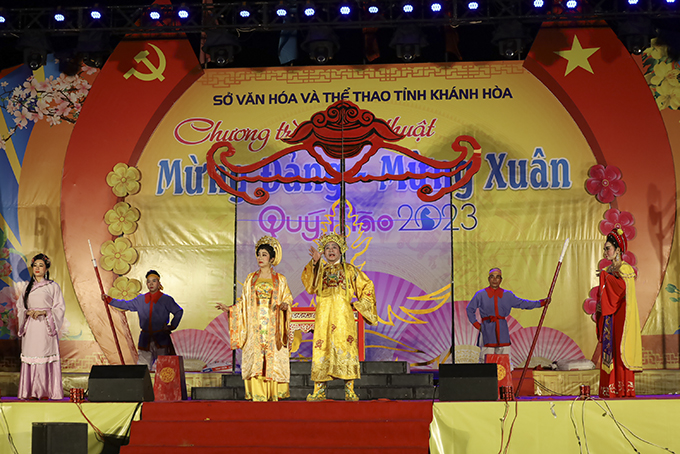
|
In recent years, Khanh Hoa’s cultural sector has implemented many activities to preserve and promote the values of Bai Choi, such as building Bai Choi movement through club model in localities and organizing Bai Choi at schools. The province also organized and sent Bai Choi artists to festivals and contests in and outside the province; incorporated Bai Choi performances into major cultural events of the province. These activities are expected to help preserve and develop Bai Choi in Khanh Hoa more strongly.
Giang Dinh
Translated by H.N

